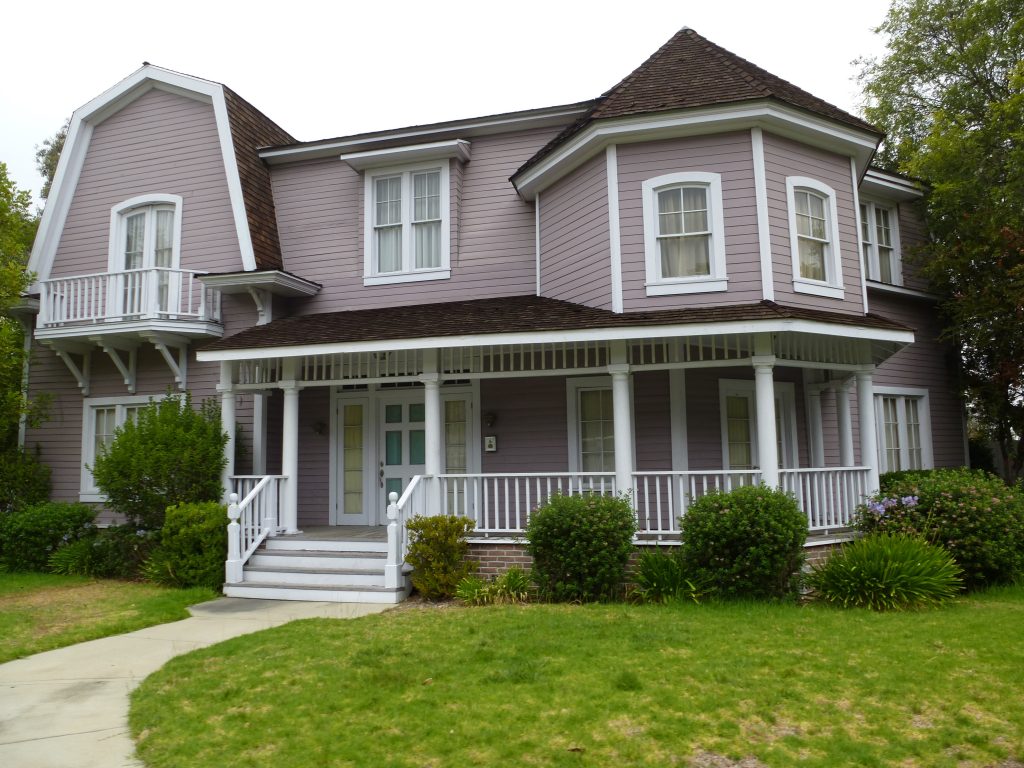 A slip and fall accident in a nursing home can lead to devastating injuries, especially for elderly residents or those with underlying health conditions. But what happens when a lawsuit filed due to such an accident is dismissed because it was filed too late? That’s precisely what happened in the case of Penny Micken, whose legal battle against Heritage Manor of Napoleonville nursing home highlights the critical importance of adhering to legal deadlines.
A slip and fall accident in a nursing home can lead to devastating injuries, especially for elderly residents or those with underlying health conditions. But what happens when a lawsuit filed due to such an accident is dismissed because it was filed too late? That’s precisely what happened in the case of Penny Micken, whose legal battle against Heritage Manor of Napoleonville nursing home highlights the critical importance of adhering to legal deadlines.
In September 2015, Penny Micken, working as a sitter at Heritage Manor, slipped and fell on a liquid substance on the floor. The fall allegedly resulted in severe injuries. A year later, Micken filed a lawsuit, but she mistakenly named the wrong defendant, leading to a series of legal complications.
The Wrong Defendant and the Ticking Clock:
 Louisiana Personal Injury Lawyer Blog
Louisiana Personal Injury Lawyer Blog


 In a case highlighting the importance of carefully crafted real estate contracts, the Louisiana Court of Appeal, Fourth Circuit, upheld a trial court’s decision awarding stipulated damages and attorney’s fees to sellers in a failed all-cash real estate transaction.
In a case highlighting the importance of carefully crafted real estate contracts, the Louisiana Court of Appeal, Fourth Circuit, upheld a trial court’s decision awarding stipulated damages and attorney’s fees to sellers in a failed all-cash real estate transaction. In a stark reminder of the importance of procedural precision in the legal world, the
In a stark reminder of the importance of procedural precision in the legal world, the  In a recent decision by the
In a recent decision by the In a recent decision, the
In a recent decision, the  In personal injury law, the concept of “prescription” plays a crucial role. It’s essentially a deadline for filing a lawsuit; if you miss it, your claim could be barred forever. A recent
In personal injury law, the concept of “prescription” plays a crucial role. It’s essentially a deadline for filing a lawsuit; if you miss it, your claim could be barred forever. A recent  A recent
A recent  In a heart-wrenching case involving the sexual assault of a patient at an outpatient psychiatric treatment facility, the Louisiana Court of Appeal, Third Circuit, recently affirmed a summary judgment that dismissed claims against two individual owners/officers of the facility. The decision, handed down in
In a heart-wrenching case involving the sexual assault of a patient at an outpatient psychiatric treatment facility, the Louisiana Court of Appeal, Third Circuit, recently affirmed a summary judgment that dismissed claims against two individual owners/officers of the facility. The decision, handed down in  Imagine moving into your new apartment, only to find it’s more like a horror movie set than a cozy home. Mold creeping up the walls, evidence of unwanted rodent roommates… it’s enough to make anyone sick. But does that automatically mean your landlord is liable? A recent court case dives deep into this messy situation, highlighting the legal hurdles tenants face when seeking damages for a less-than-habitable dwelling.
Imagine moving into your new apartment, only to find it’s more like a horror movie set than a cozy home. Mold creeping up the walls, evidence of unwanted rodent roommates… it’s enough to make anyone sick. But does that automatically mean your landlord is liable? A recent court case dives deep into this messy situation, highlighting the legal hurdles tenants face when seeking damages for a less-than-habitable dwelling. Buying and selling real estate can be stressful because of the emotions and large sums of money involved. In order to have certainty in transactions involving real estate, Louisiana law has strict requirements of what is required to form a valid contract, including signatures from both the buyer and seller. What happens if a would-be buyer unilaterally signs a contract and claims they own your property?
Buying and selling real estate can be stressful because of the emotions and large sums of money involved. In order to have certainty in transactions involving real estate, Louisiana law has strict requirements of what is required to form a valid contract, including signatures from both the buyer and seller. What happens if a would-be buyer unilaterally signs a contract and claims they own your property?